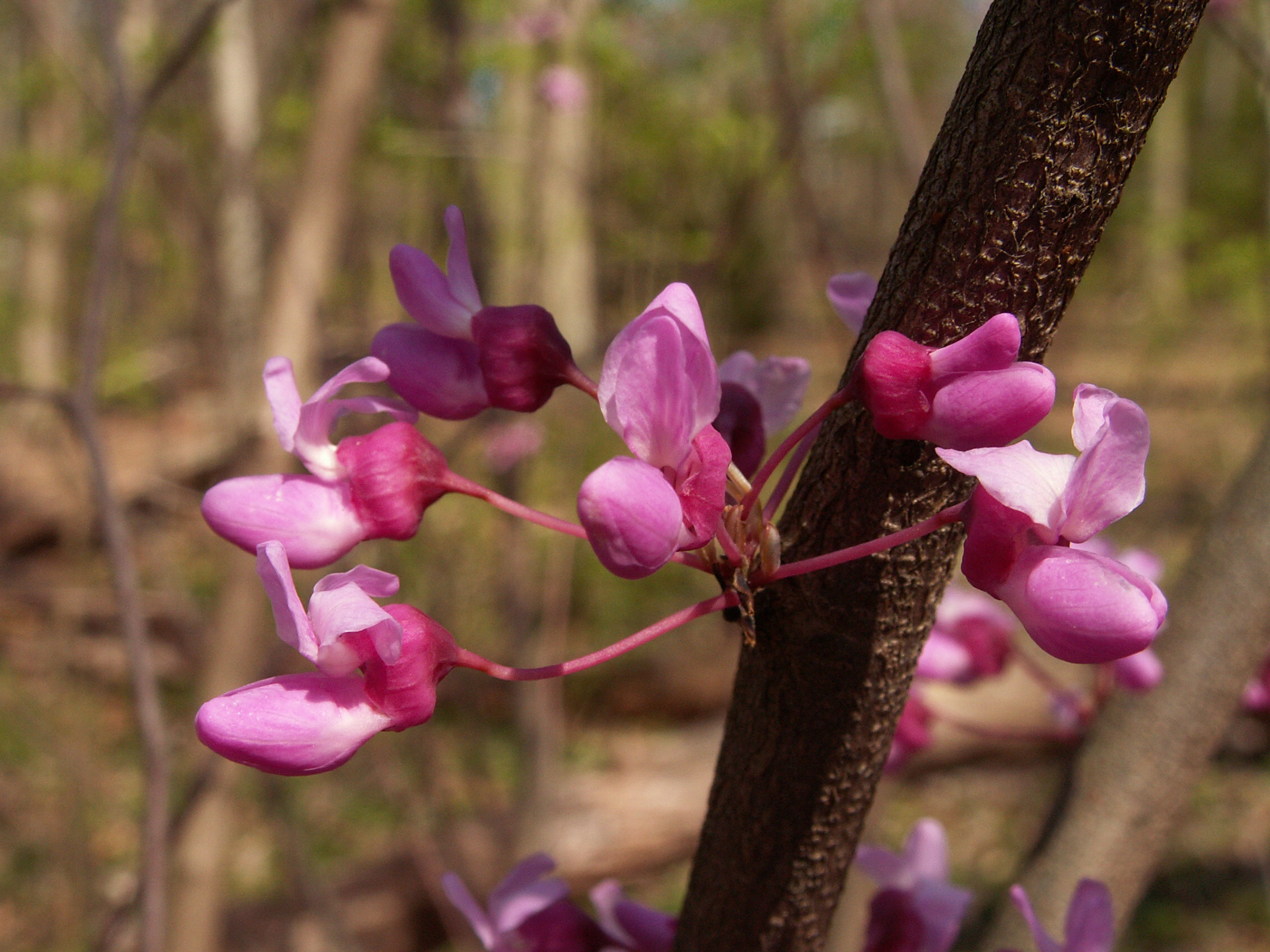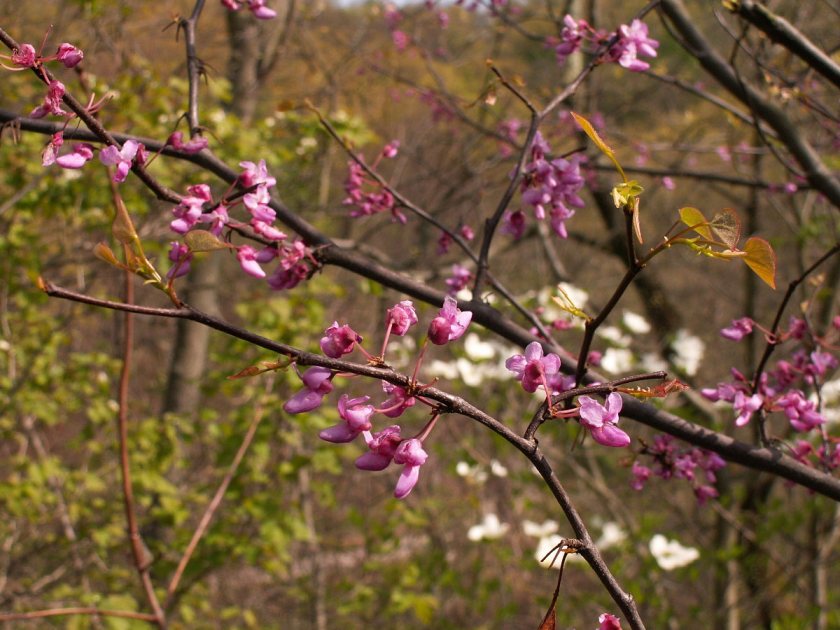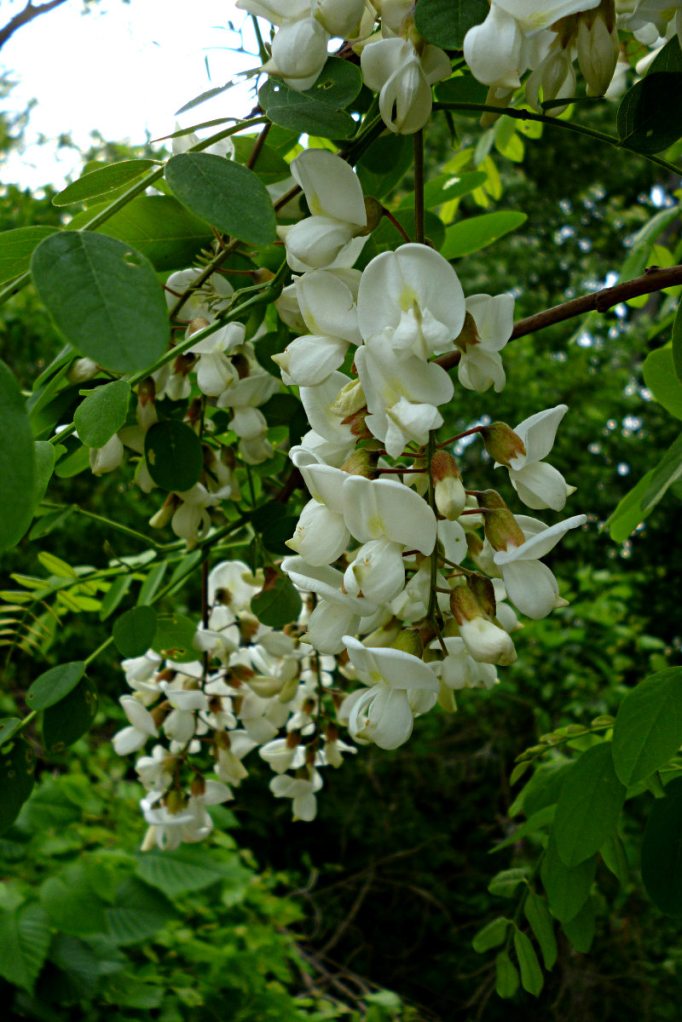 A delicate-looking plant with Mimosa-like leaves that quickly colonizes recently disturbed or burned areas. These were growing in Schenley Park, in a section of former lawn that is being allowed to grow into a meadow for better water retention. The cheery yellow flowers can keep coming for months; these were blooming in the middle of September.
A delicate-looking plant with Mimosa-like leaves that quickly colonizes recently disturbed or burned areas. These were growing in Schenley Park, in a section of former lawn that is being allowed to grow into a meadow for better water retention. The cheery yellow flowers can keep coming for months; these were blooming in the middle of September.
Gray, like most older references, puts this species in the genus Cassia. Here is his description:
CASSIA [Tourn.] L. SENNA. Sepals 5, scarcely united at base. Petals 5, little unequal, spreading. Stamens 5-10, unequal, and some of them often imperfect, spreading; anthers opening by 2 pores or chinks at the apex. Pod many-seeded, often with croes partitions. — Herbs (in the United States), with simply and abruptly pinnate leaves, and mostly yellow flowers. (An ancient name of obscure derivation.)
Leaflets small, somewhat sensitive to the touch; stipules striate, persistent; a cup-shaped gland beneath the lowest pair of leaflets; anthers all perfect; flowers in small clusters above the axils; pods flat.
C. Chamaecrista L. (PARTRIDGE PEA.) Annual, suberect; branches usually simple, ascending; pubescence subappressed, usually scanty; leaflets 10-15 pairs, linear-oblong, oblique at the base; flowers (large) on slender pedicels, 2 or 3 of the showy yellow petals often with a purple spot at base; anthers 10, elongated, unequal (4 of them yellow, the others purple); style slender. — Sandy fields, Mass. to Minn., and southw., except in the upland regions. July-Sept.







